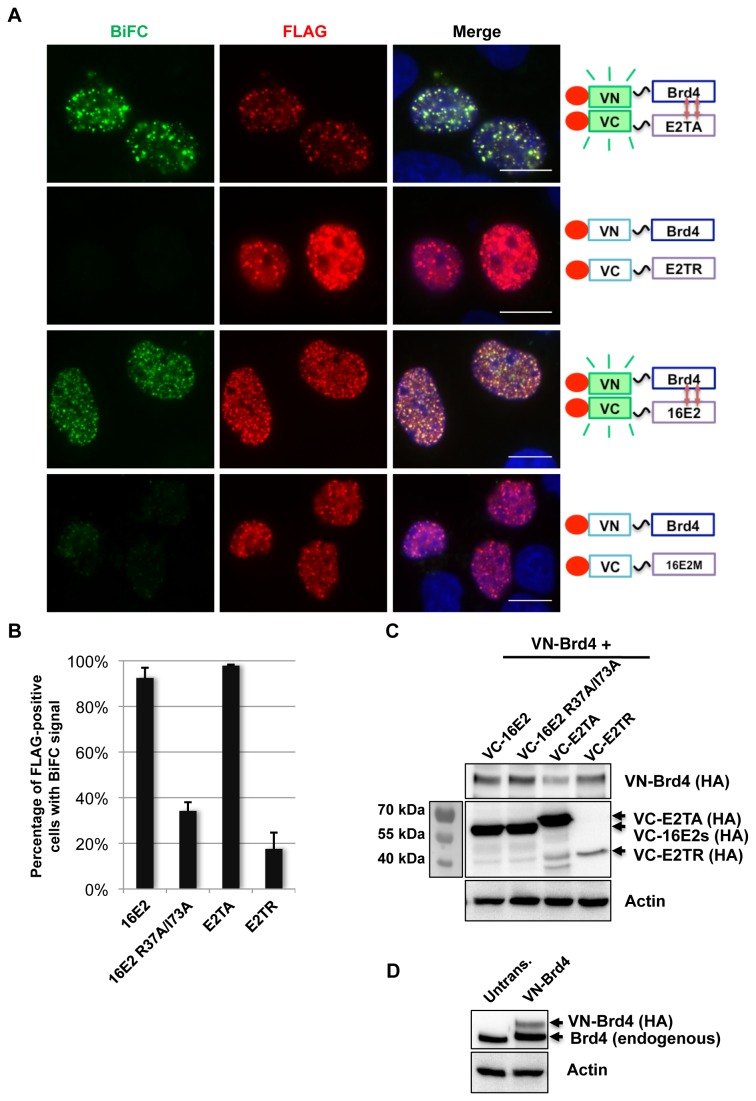Figure 2. The E2-Brd4 BiFC signal is inhibited by mutating the Brd4 binding sites in E2.
(A) C33A cells were co-transfected with VN-Brd4 and Venus C BiFC constructs (VC-E2TA, VC-E2TR, VC-16E2, or VC-16E2 R37A/I73A (16E2M)) as indicated on the right panel. Forty-eight hours post-transfection, the cells were fixed and stained with anti-FLAG antibody (red) and DAPI. Bar,10 μm. (B) For each transfection in (A), the percentage of cells showing BiFC signal was quantified from approximately 200 positively transfected cells. Average and standard deviation were calculated from three independent experiments. (C) C33A cells were either untreated or transfected as described in (A) and protein lysates were immunoblotted using anti-HA or anti-Actin antibodies. Arrows mark the VC-E2 constructs expressed in cells. (D) Protein lysates from untreated C33A cells or cells transfected with VN-Brd4 and VC-16E2 were immunoblotted using anti-Brd4 or anti-Actin antibodies.

